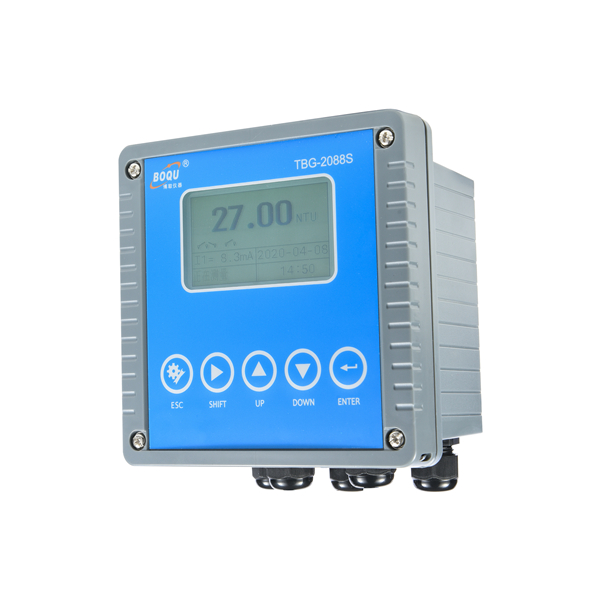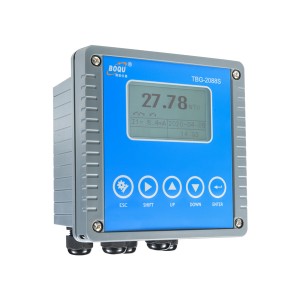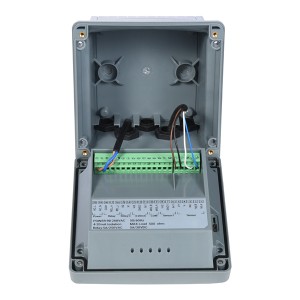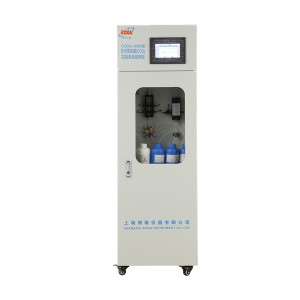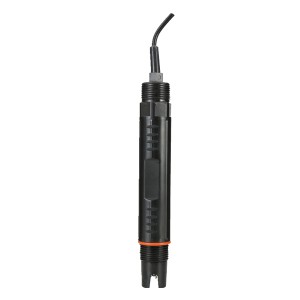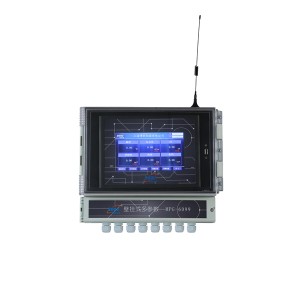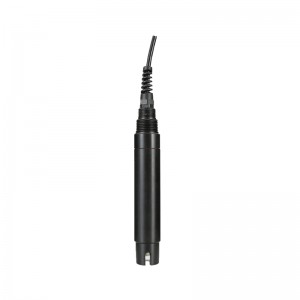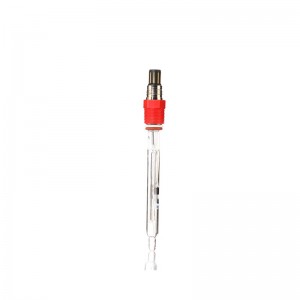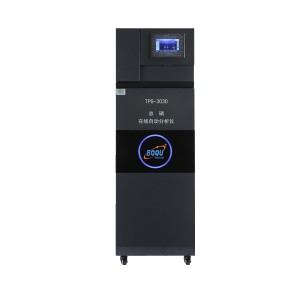The transmitter can be used to display data measured by the sensor, so the user can get the 4-20mA analog output by transmitter's interface configuration and calibration. And it can make relay control, digital communications, and other functions a reality. The product is widely used in sewage plant, water plant, water station, surface water, farming, industry and other fields.
|
Measuring range |
0~100NTU, 0-4000NTU |
|
Accuracy |
±2% |
|
Size |
144*144*104mm L*W*H |
|
Weight |
0.9kg |
|
Shell Material |
ABS |
| Operation Temperature | 0 to 100℃ |
| Power Supply | 90 – 260V AC 50/60Hz |
| Output | 4-20mA |
| Relay | 5A/250V AC 5A/30V DC |
| Digital Communication | MODBUS RS485 communication function, which can transmit real-time measurements |
| Waterproof Rate | IP65 |
|
Warranty Period |
1 year |
Turbidity, a measure of cloudiness in liquids, has been recognized as a simple and basic indicator of water quality. It has been used for monitoring drinking water, including that produced by filtration for decades. Turbidity measurement involves the use of a light beam, with defined characteristics, to determine the semi-quantitative presence of particulate material present in the water or other fluid sample. The light beam is referred to as the incident light beam. Material present in the water causes the incident light beam to scatter and this scattered light is detected and quantified relative to a traceable calibration standard. The higher the quantity of the particulate material contained in a sample, the greater the scattering of the incident light beam and the higher the resulting turbidity.
Any particle within a sample that passes through a defined incident light source (often an incandescent lamp, light emitting diode (LED) or laser diode), can contribute to the overall turbidity in the sample. The goal of filtration is to eliminate particles from any given sample. When filtration systems are performing properly and monitored with a turbidimeter, turbidity of the effluent will be characterized by a low and stable measurement. Some turbidimeters become less effective on super-clean waters, where particle sizes and particle count levels are very low. For those turbidimeters that lack sensitivity at these low levels, turbidity changes that result from a filter breach can be so small that it becomes indistinguishable from the turbidity baseline noise of the instrument.
This baseline noise has several sources including the inherent instrument noise (electronic noise), instrument stray light, sample noise, and noise in the light source itself. These interferences are additive and they become the primary source of false positive turbidity responses and can adversely impact the instrument detection limit.
1. Determination by turbidimetric method or light method
Turbidity can be measured by turbidimetric method or scattered light method. my country generally adopts the turbidimetric method for determination. Comparing the water sample with the turbidity standard solution prepared with kaolin, the degree of turbidity is not high, and it is stipulated that one liter of distilled water contains 1 mg of silica as a unit of turbidity. For different measurement methods or different standards used, the obtained turbidity measurement values may not be consistent.
2. Turbidity meter measurement
Turbidity can also be measured with a turbidity meter. The turbidimeter emits light through a section of the sample, and detects how much light is scattered by the particles in the water from a direction that is 90° to the incident light. This scattered light measurement method is called the scattering method. Any true turbidity must be measured in this way.

